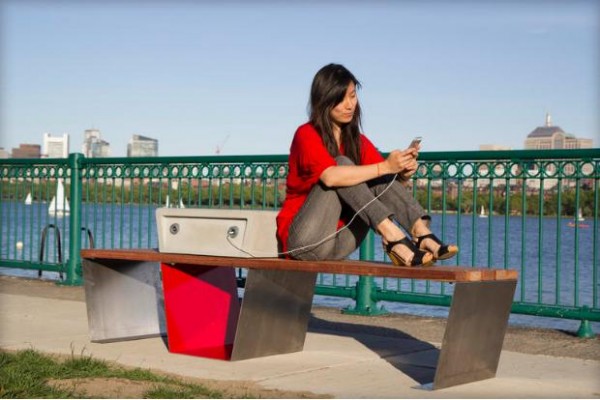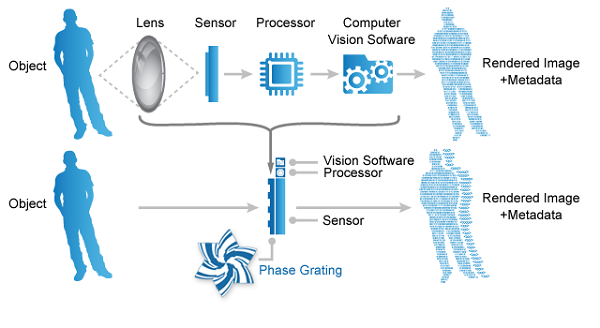Soofas, the smart benches developed by Changing Environments, offer a place for relaxation while also providing the power necessary for keeping your gadgets alive. Since all this is achieved with solar power, there are no external sources of electricity involved.
We can’t part that easily with our beloved gadgets, and if we’re not indoors while using them, we start trembling at the thought that they might get discharged. On the other hand, there can also occur unexpected situations when we need just a bit of juice for the device. If you need to power them up while also spending a bit of time to catch your breath, the solar-powered Soofa smart benches created by Changing Environments might be just your thing.
Jutta Friedrichs, co-founder of Changing Environments, explained how her company is intending to change the urban scene: “We want to reactivate the city and create a new shared social experience. Computers took people off the streets. We envision Soofas acting as magnets that invite people to enjoy the outdoors while reading the news, sharing a video, or catching up on email without fear of running out of power.”
Boston mayor Martin J. Walsh added that “Your cellphone doesn’t just make phone calls, why should our benches just be seats? We are fortunate to have talented entrepreneurs and makers in Boston thinking creatively about sustainability and the next generation of amenities for our residents.”
The officials of the city are asking residents to pick the locations of future Soofas by visiting bit.ly/bosbench or by tweeting @newurbanmechs. I’m glad to see that in some countries the officials are embracing new technologies that easily. While electronic mediums and hi-tech are looked with good eyes in such places, there are other countries that are stuck to bureaucracy and vintage tech.
Changing Environments is a MIT Media Lab spinoff and a Verizon Innovation Program. The fact that a telecommunications company is involved in this project shouldn’t surprise you. That’s not to say that only devices purchased from Verizon will work with these smart benches, but Verizon customers might indeed get some additional benefits. There have been other cases when telecommunications companies have invested in new ways of charging mobile devices, and there will definitely be more in the future.
Be social! Follow Walyou on Facebook and Twitter, and read more related stories about the Vodafone Power Pocket that uses excess body heat to power your smartphone, and the solar harvesting bonsai that charges devices through induction.

 Need a way to dramatically improve your living space? How about robotic furniture? No, it's not some far-off dream for the future. It's a collaboration between MIT Media Lab spin-off Ori with designer Yves Béhar.
Need a way to dramatically improve your living space? How about robotic furniture? No, it's not some far-off dream for the future. It's a collaboration between MIT Media Lab spin-off Ori with designer Yves Béhar.
 Need a way to dramatically improve your living space? How about robotic furniture? No, it's not some far-off dream for the future. It's a collaboration between MIT Media Lab spin-off Ori with designer Yves Béhar.
Need a way to dramatically improve your living space? How about robotic furniture? No, it's not some far-off dream for the future. It's a collaboration between MIT Media Lab spin-off Ori with designer Yves Béhar.
 You thought the carrier landing stage in Top Gun was a nightmare to pull off? Then get ready to scream obscenities you didn't know you knew at MIT Media Lab's SpaceX Falcon 9 Lander. This 8-bit web-game combines all of the pulse pounding excitement...
You thought the carrier landing stage in Top Gun was a nightmare to pull off? Then get ready to scream obscenities you didn't know you knew at MIT Media Lab's SpaceX Falcon 9 Lander. This 8-bit web-game combines all of the pulse pounding excitement...























